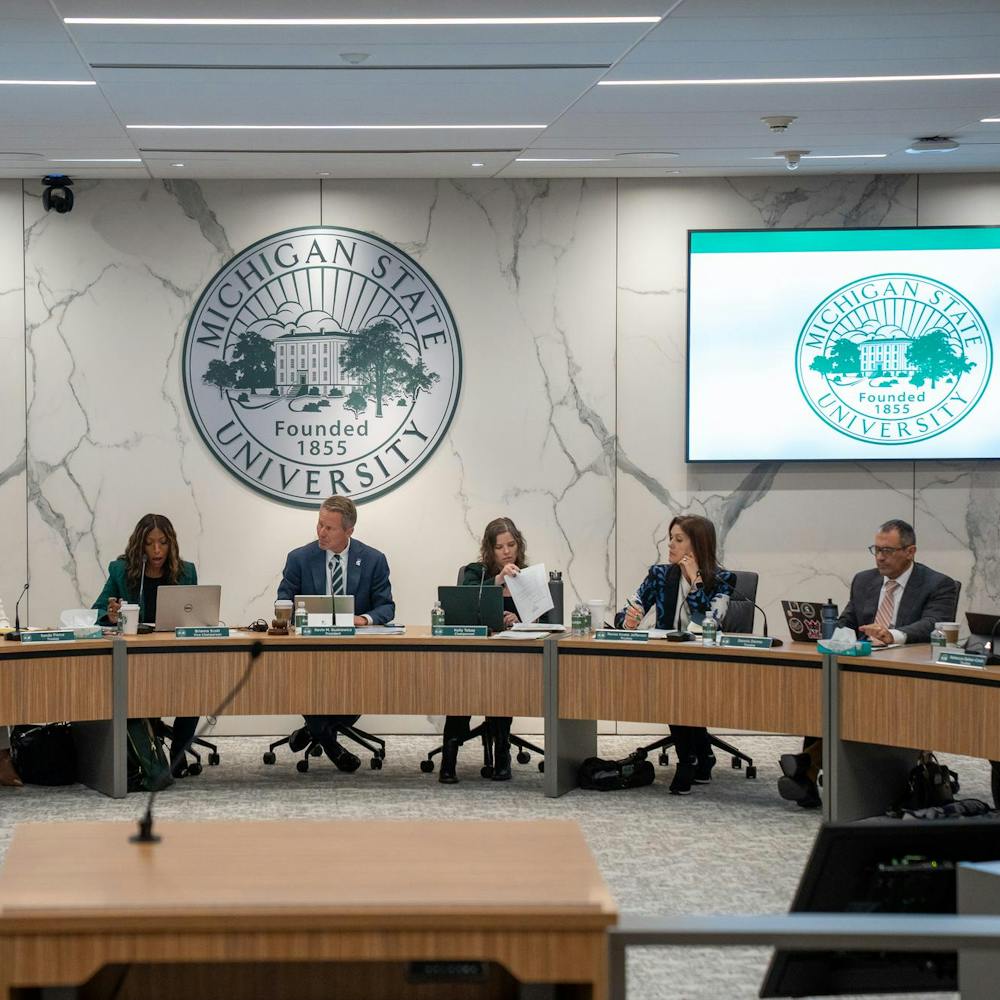MSU is entering its third week of remote instruction for the 2021 spring semester, and professors seem confident that they have virtual instruction down.
Days after MSU’s 2020 spring break, the immediate transition to an online format at colleges and universities across the U.S. took staff, faculty and students by surprise.
MSU professors were forced to adjust quickly to create an academic schedule that was both flexible and effective for their students.
Associate Professor in the department of communications Allison Eden said that the transition from in-person classes to remote learning was something that she thought many professors saw coming but did not expect to happen immediately after spring break.
Eden said that the transition was relatively smooth for her because her weekly lectures were recorded and posted to D2L even before the pandemic. Once MSU announced that all classes would be online, Eden had to make a few more small adjustments like shifting weekly in-person meetings to online meetings.
As the university enters its third remote semester, most of Eden’s student feedback is positive, and there were very few student concerns that needed critiques in the fall semester, Eden said.
Eden teaches an asynchronous introduction to communications class and has about 450 students. She also teaches a smaller synchronous entertainment class with 25 to 30 students varying on the semester.
MSU English graduate student, Jonathan Thurston, said that he felt fortunate himself with the remote transition because of his smaller class sizes. Thurston said that he had already started implementing some online design elements into classes including assignment submissions and regular communication, like posting assignment dates and other things of that nature.
Thurston typically teaches classes in MSU’s English department, specifically introductory literature classes with about 20 to 40 students.
Economics freshman Jack Timmer said his college experience has been between his bedroom’s four walls at his permanent residence, attending mostly asynchronous classes.
The first semester with asynchronous classes, it felt like there was a lack of concrete structure within classes, Timmer said. However, Timmer acknowledges that this is the professor's first time working with online courses, and already within the first three weeks of the spring semester, professors seem to be better at providing support to build that structure to make things easier for the students.
“I feel like, I don’t know, I’m not achieving anything,” Timmer said. “Like on paper, I’m not necessarily struggling, but I feel like I’m not really getting anywhere with it (the academic experience).”
But professors have seen several pros to online classes. Thurston said that within his past few years at MSU, he has never seen such a big push for accessibility of online documents regarding what attendance policies and assignment deadlines should look like in the COVID-19 era.
“We’ve had so many conversations that should have been had before COVID," Thurston said. “I think that a lot of these conversations, while posed as temporary, are going to benefit instructors and students even after the COVID era happens. So, I think that’s been a plus already from just this huge transition is having conversations that, I think, some people were probably scared to have beforehand.”
Eden said that she has many students who, for example, are caretakers or work multiple jobs, and appreciate the flexibility of asynchronous classes where they can benefit from their work.
Both professors encourage communication with them and other classmates to maintain classroom connections and collaborations.
Although MSU professors seem to have adjusted to remote instruction, many have never taught in an online format before.
As a millennial, Thurston said that he has colleagues who had similar easy transitions to online classes, but also heard that some professors struggled more than others simply because not all professors have necessarily taught online before.
However, MSU has kept decent communication from the administration to the teaching faculty and given constant workshops for educators on how to use different software and designs to structure online classes, Thurston said.
“There’s definitely a huge technology barrier for a lot of instructors, and there was an immediate push — especially at MSU — to give educators the means to pick up that technology literacy very quickly,” Thurston said.
Support student media!
Please consider donating to The State News and help fund the future of journalism.
Eden said that she likes the face-to-face interaction and that she is glad to get a little face-to-face time with the students, even if it is still via Zoom.
“I really missed that (face-to-face interaction),” Eden said. “It’s literally the best part of teaching.”
Timmer said he sees that professors are trying to implement student interaction during Zoom lectures by using breakout rooms and chat boxes, but the forced collaboration can be difficult through a video camera and that he’s missing the actual interactions with other people.
“I think we’re making the best of it, but I definitely miss it,” Eden said. “I really like the MSU community, and I think our students are great. I like spending time, teaching to, and learning from them, and we have some of that now, but it’s definitely not the same.”
Overall, Eden and Thurston have received positive feedback from their students about their remote courses but are looking forward to in-person sessions again soon.
Discussion
Share and discuss “MSU professors adjust to 3rd semester of remote learning” on social media.







